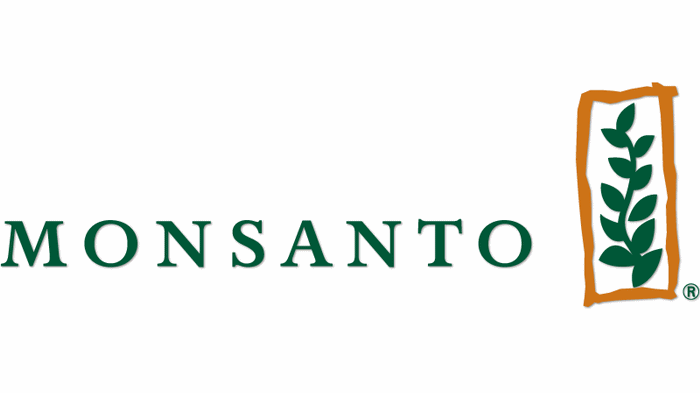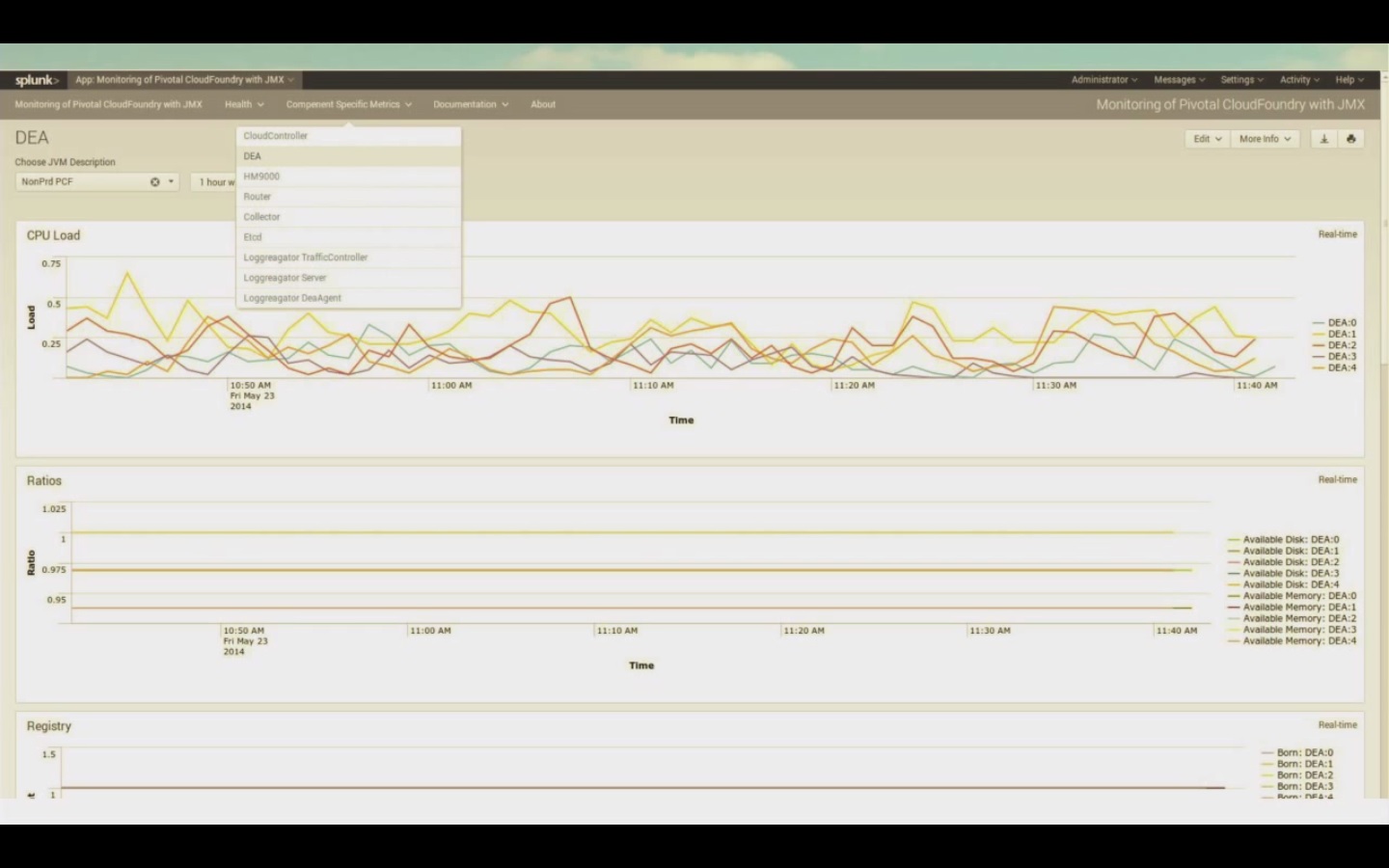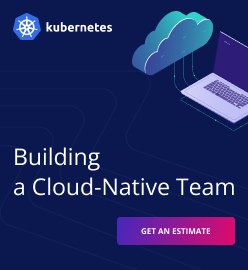Monsanto Halves Dev Cycle Activity Times with Cloud Foundry

Agriculture: Developing an overall internal PaaS strategy.
Driving innovation at a company that lives innovation.
Cloud Foundry is still missing some elements, but provides a good overall direction. Limitations are easy to overcome.
Splunk
An S&P 500 company is staking much of how it conducts its internal IT operations on Cloud Foundry.
Monsanto is a leading global provider of technology-based tools and agricultural products that improve farm productivity and food quality.
The company’s mission is to improve lives by improving agriculture.
(Note: This use case is based on presentations by , Monsanto Global Strategy & Architecture at the Cloud Foundry Summit 2014 in San Francico.)
Monsanto has a vision for sustainable agriculture that guides all that the company does. Based in the St. Louis area and a member of the S&P 500, the company has annual revenues approaching $16 billion.
“Farming in the future will be increasingly information-driven,” according to Mark Seidenstricker with Monsanto Global Technology and Architecture. To this end, the company has leveraged Cloud Foundry in its strategy to use PaaS as an internal cloud, and increase the company’s adoption of agile DevOps and Continuous Deployment. It set out to adopt a technology stack that is open and which allows portability between a variety of IaaS providers (with internal and external parity).
Within this PaaS strategy, Monsanto also has goals to increase developer agility and productivity by enabling automated self service application management, and to keep the cost of entry low.
Facing and overcoming barriers
The company faced common cloud barriers in developing and executing its strategy. For one thing, “most enterprise software stacks are not cloud friendly,” notes Seidenstricker. “Agile development doesn’t work without agile infrastructure. Emerging technologies are hard to try out, and even harder to adopt.”
As of the middle of 2014, Monsanto’s journey so far encountered the fact that Cloud Foundry & Bosh are stable open platforms with many large adopters. Cloud Foundry itself is a developer-focused tool even as some admin and support capabilities are still maturing. Large adopters have built their own tools or extended the platform to fill in any gaps, in areas such as monitoring/alerting, simple AD integration, and IaaS provider-specific features.
Monsanto turned to Pivotal, which can provide a turn-key solution for PaaS, including GUI’s, installers, 24/7 support, and support for vSphere. Furthermore, “various activities of the application development life cycle can be reduced by 50% or more,” according to Seidenstricker. Platform requirements being met by the solution as of mid-2014 included:
- Backup and restore procedures for Cloud Foundry
- Cloud Foundry logging with Splunk
- Multiple AZ support in AWS
- Single-click install for VMware
- User authentication via Direct AD integration
- Built-in monitoring and alerting of the Cloud Foundry platform components
- S3-compatible object store PCF service
- Multiple AZ (cluster) support on vSphere
The reference to Splunk relates to some custom monitoring and alerting functionality. A screenshot is provided below:

The background to this screen: Cloud Foundry’s LoggerData is a well-developed tool for aggregating logs and exposing them to developers. But, asks Seidenstricker, “what if you want to integrate Splunk and LoggerData for other applications that are not on Cloud Foundry?” Pivotal has written documentation for this task. (See link and related video at the end of this use case.)
Future tactics and strategy
Monsanto’s tactical objectives for the remainder of 2014 included:
- Role access tied to AD groups
- DEA placement pools
- “Production” RDBMS and Hadoop PCF services
- Single-click install for AWS
- Encryption of app data at rest (perhaps)
The company’s overall PaaS strategy is to proceed with an internal Cloud Foundry environment, with an internal proving grounds for cloud application architectures and processes, including DevOps. “An internal cloud allows us to mitigate challenges with cost models, security, and data classification,” according to Seidenstricker.
Monsanto also plans to shift from proprietary non-cloud friendly software towards open-source emerging technologies that would be available at an external cloud offering, and target new non-business critical apps that will run dev through production on Cloud Foundry. The company also plans gathering real-life metrics on improvements to various aspects of the development lifecycle-delivery, support, discovery, etc.to build a true TCO.
Within that context, it will also be assessing the actual impact of existing known and unknown product gaps. Then, based on the completed assessment, the vision is to proceed with a full scale deployment in 2015.
Monsanto’s senior management commitment to this vision is “Not if, but how.” The vision is to drive revenue through disruptive innovation, and to improve lives by improving agriculture. Its use of Cloud Foundry fits into this vision.
Related videos
Here is the original video presentation of the Splunk tool
More good news is this is actually pretty intuitive. Mark Seidenstricker, Monsanto Global Strategy & Architecture
Matt Stine with Pivotal describes the Splunk implementation in this video:
Related links
Here’s Matt’s documentation. Mark notes that there is a free, opens-ource version of Splunk available for those who are not yet “splunkers.” Mark also offers up the opportunity to collaborate on the work he has done with the monitor.
Related slides
Mark Seidenstricker has posted “Enabling Cloud Capabilities with an Enterprise PaaS” at SlideShare. This is one of the sources for the use case study you’ve just read.
The deck was posted in late 2011, so is dated. Yet it still contains many valuable insights, as the authors are experts across many technologies. They also shows optimism at this relatively early date for Cloud Foundry.









